"Brushable" Finishes and How to Improve Your Results
When the label says the product can be applied with a brush, this doesn't mean you can just slop it on and expect a professional finish. Since individual products can vary in terms of application and drying times, first read the label carefully. Listed here are a few general and basic pointers to help you get that quality finish you're looking for:
1. Type of brush used. If you use a cheap brush, you'll get a cheap-looking finish. Use a good quality synthetic bristle brush for waterborne finishes.Take care of them and they will last for years. Apply with the brush strokes following the grain.
2. Temperature and humidity. Both affect how the product goes on to the wood, how the wood "sucks up" the product, and how long the finish takes to dry. Applying a finish in excessively high or low temperatures may result in a haze or cloudy finish. A good rule of thumb here is to have the room temperature between 55 and 85 degrees Fahrenheit. If the humidity in your finishing area is over 50% this can affect drying times.The humidity of the wood itself also factors into the equation so allow your wood project and your wood finish product to come to room temperature before starting the finish process. Wood in a high humidity environment may swell up and ruin your project. Time to pay attention to that weather app.
3. Sanding. Sanding between coats with fine sandpaper allows proper adhesion of the next coat. This takes time but it is worth it. Elsewhere on this blog there are many photos of projects done by our customers that are a testament to being patient and building up the finished surface slowly. Careful sanding and buffing will help to erase any brush marks still left on the surface.
4. Dust. Wherever you work on your wood projects, the area needs to be as clean as possible. For example, you shouldn't be sawing wood and then expect to go right into your wood finishing. Clean and vacuum everything close by and let the dust settle a bit before you work on the finish.
5. Practice. Always test and practice your finish using similar tools and equipment on similar wood scraps before you even touch that beautiful piece you just spent weeks working on.
Taking the time and effort to do things the right way will definitely pay off for you in the long term. For a more detailed explanation of how to get that fine wood finish, see our Expert Wood Finishing Tips page.


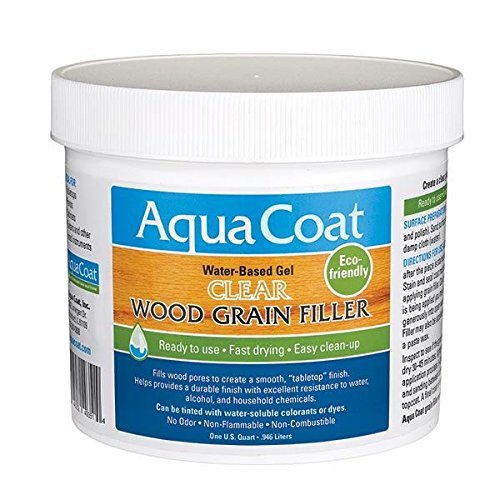
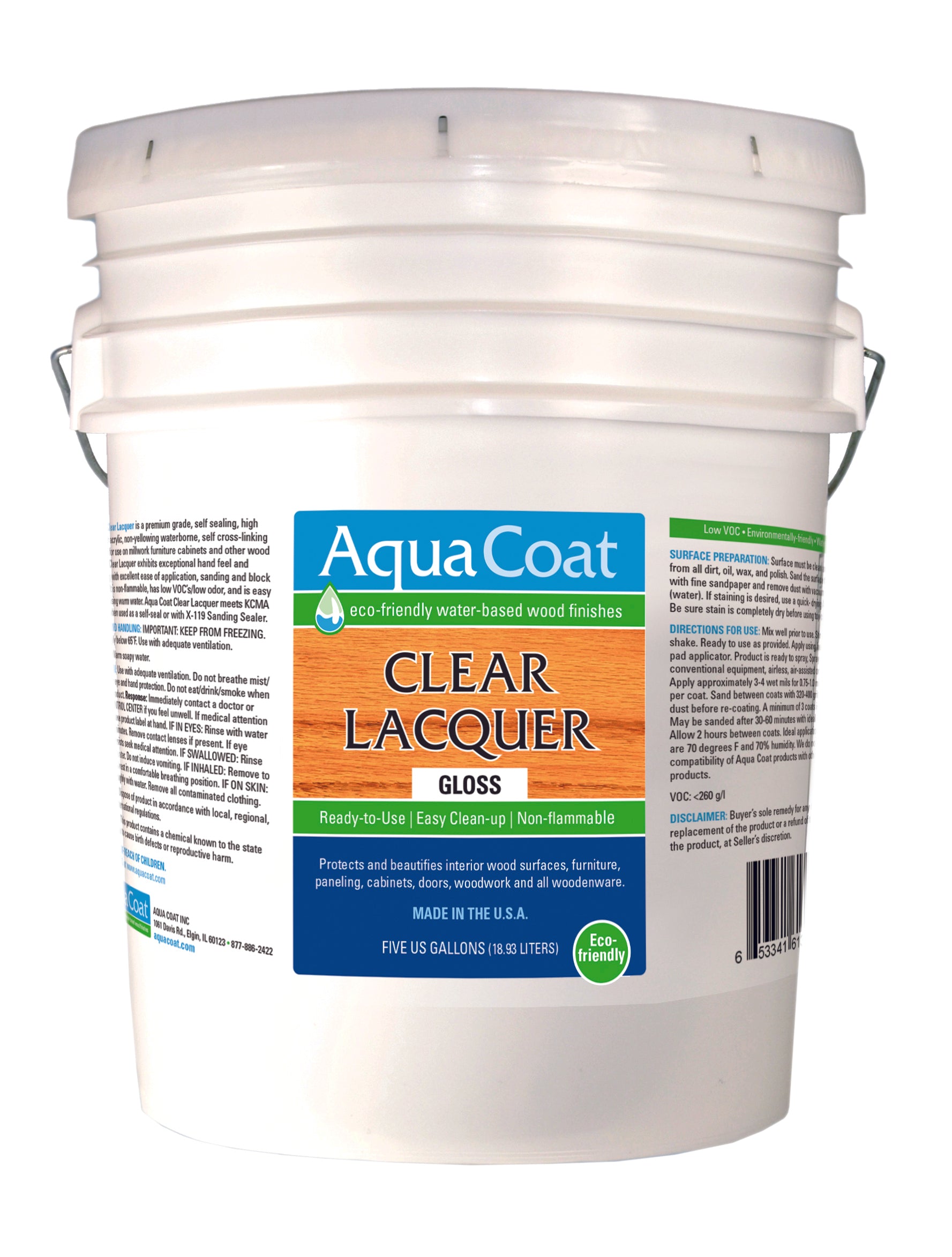
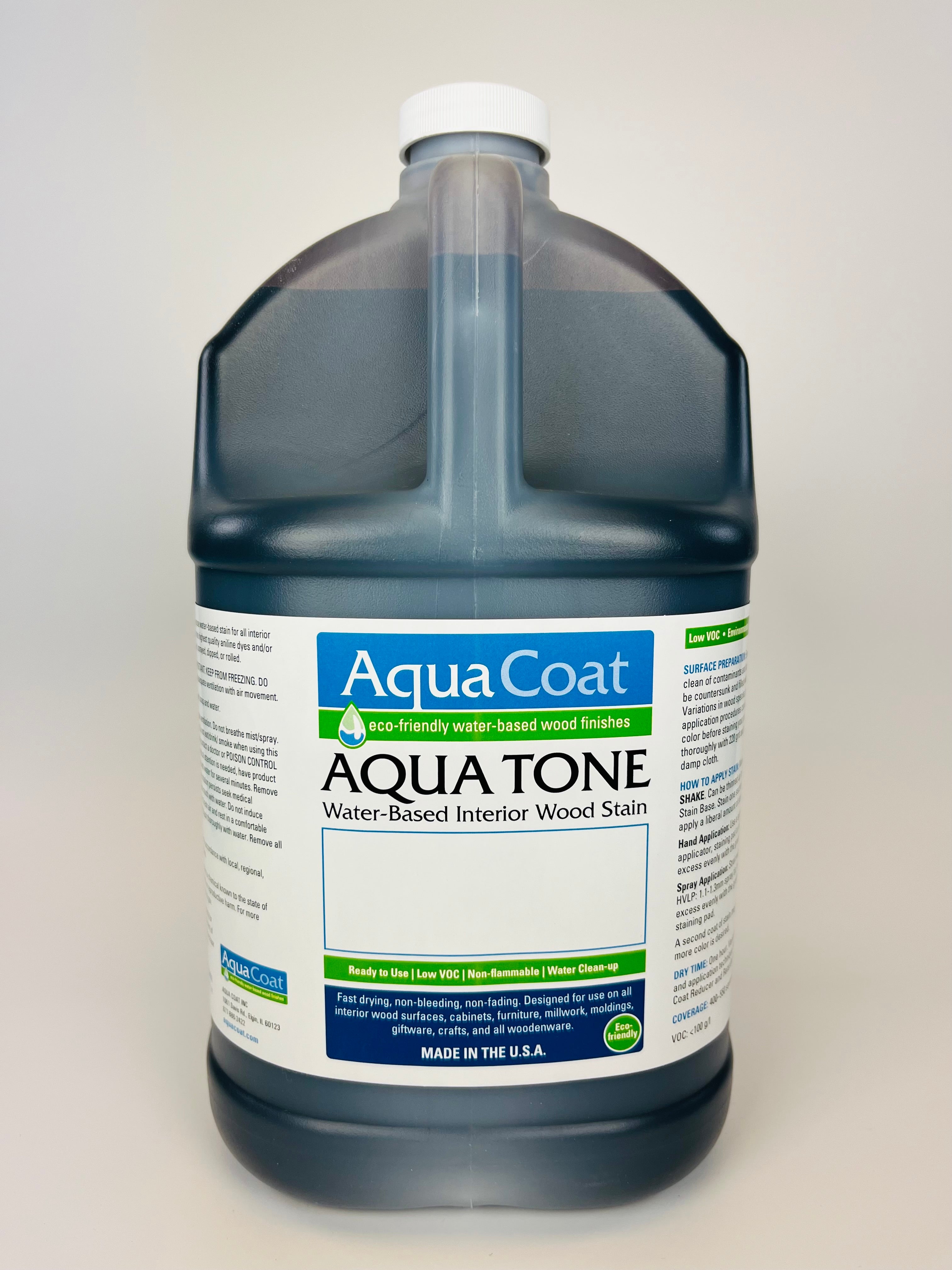
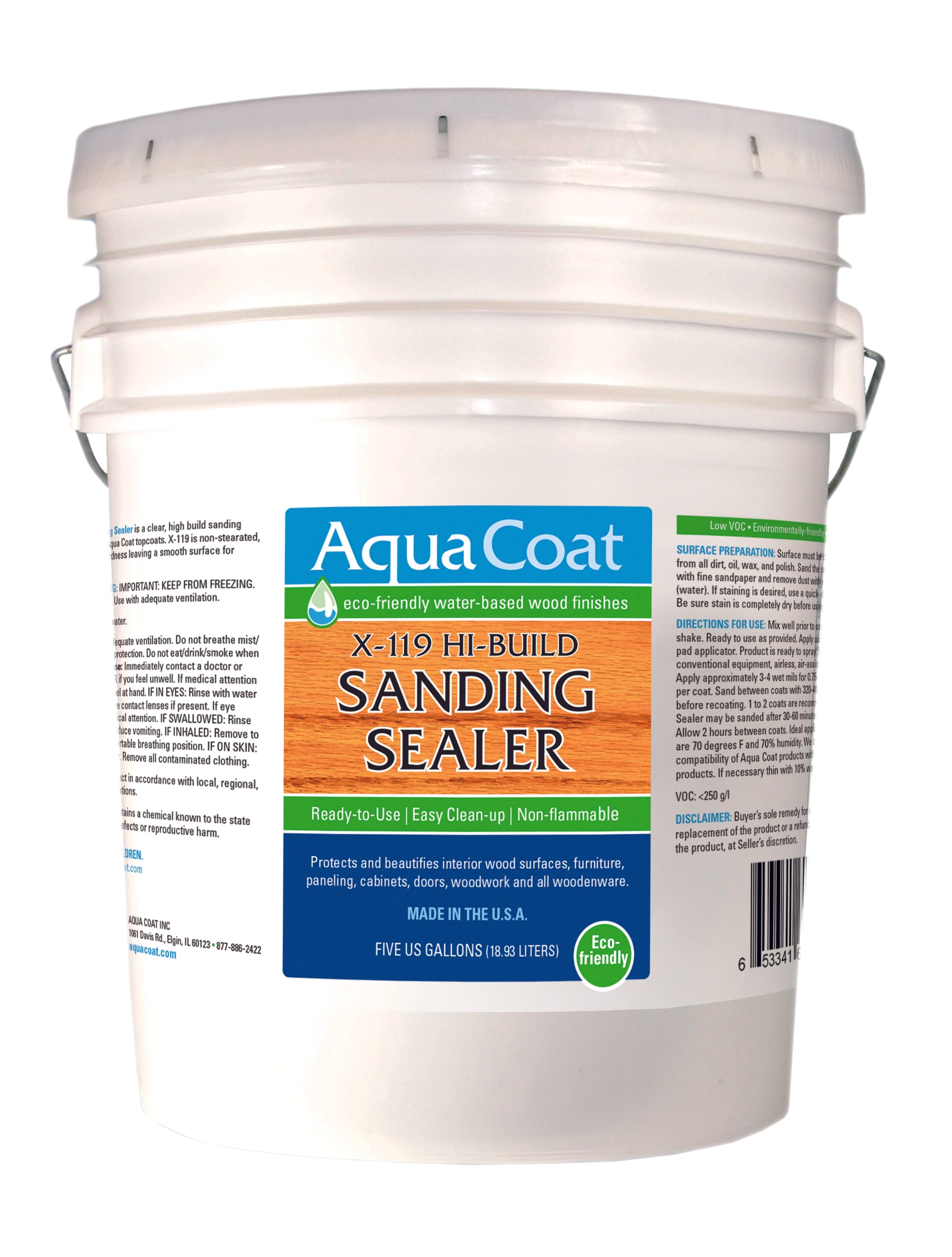
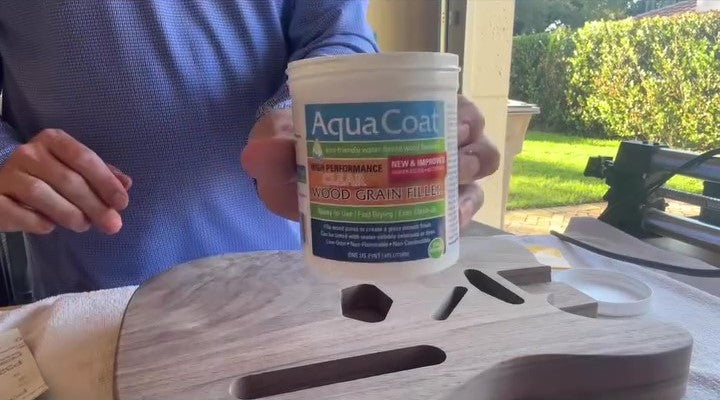

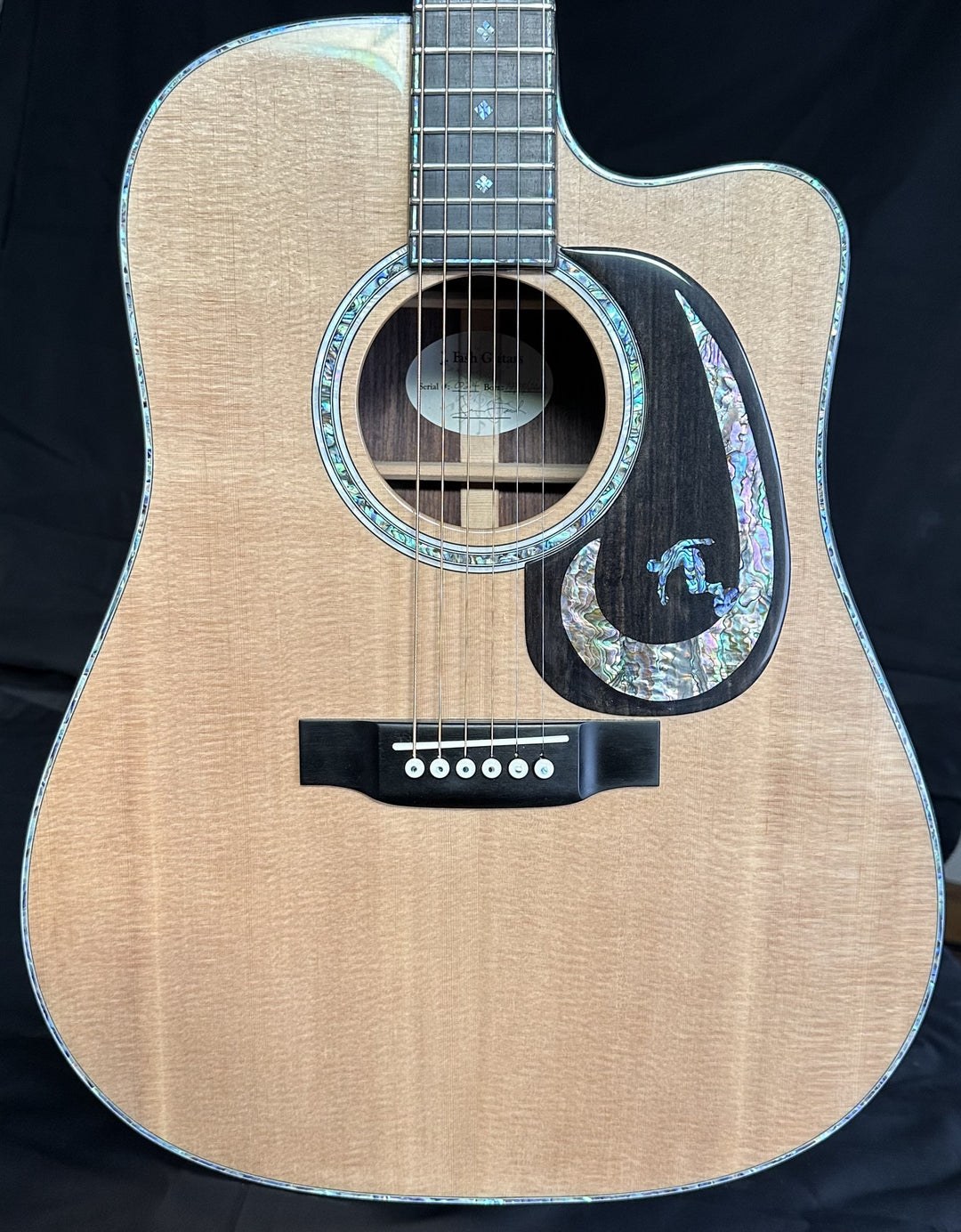
Leave a comment